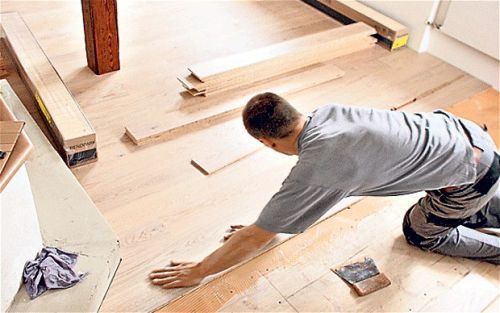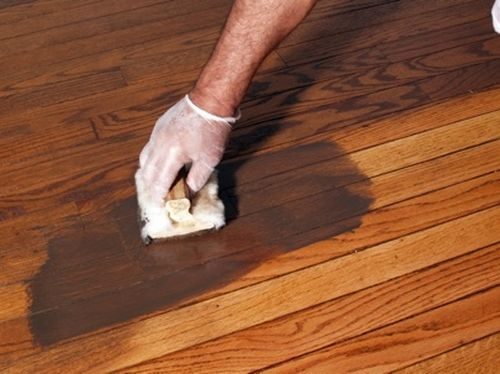
No matter what type of flooring you have, leakages can be a serious problem. If you’ve decided to have wooden flooring, you have to be very careful when fixing a leakage, as you may cause irreparable damage to the floor. Read on to learn how to do it the right way. We’ll focus on how to remove boards and install them again. We will also give you several tips on how to avoid such problems in the future.
Removing the floor boards
Obviously the first thing you will need to do is remove the boards, which will enable you to access the leak. That is the fastest method, which is best if there is water flowing somewhere in your room. Try to identify the source of the leak and carefully remove the boards. Watch out to cause minimum possible damage. After isolating the leak, turn off the water and get down to work. Remove the floorboards, which need to be removed in order to carry out the repair.

When removing the boards, take out only one at a time. First mark out a rectangle along the length and breadth of the board, ca. 1.25 cm in from its edge. Having done this, simply cut around the rectangle with the use of a circular saw, then remove that rectangle from the board. In this way you will be able to prize out the edges of the board which will give you access to the leak.
Replacing the boards
Once you’ve removed the boards and repaired the leak, you will need to replace the missing boards. Maybe you have stored several extra boards aside for such emergency situations when you installed the flooring, but of it’s not the case, simply take the board you’ve taken out to a trusted flooring supplier who will help you find the closest match possible.
In the case of replacing plane-edged boards, cut the board to size and then screw it in the right place. And in the case of a tongue and groove joint, get rid of the tongue and fix the board into place. When putting the new board into place, always remember to be very careful not to damage the plumbing with screws or nails.
Refinishing the floor
Having replaced the floorboard, you will probably want to use a proper finish, so that the board matches the rest of the floor. Even though at the board may stand out, after some time it will blend in perfectly without leaving any traces that something was wrong in that particular place.

How to avoid leakage in the future?
And finally, think about how to avoid such situations in the future. When installing new wood flooring, especially in interiors with high risk of leakage, such as a kitchen or bathroom, remember to leave access points in your floor in places where there is a plumbing installation. Then, also make sure that you can switch off water above floor level. In this way, you will get extra time in emergency situations. You can also install an isolation tap above floor level – it will also give you time to remove floor boards without rush to fix the leak. And last but not least, ensure regular checks of your appliances and plumbing. Random leaks may still occur and are rather hardly foreseeable, but you will be able to minimise the risk of serious problems.
| Mon-Fri | 8:00AM – 5:00PM |
| Saturday | 10:00AM – 4:00PM |
| Sunday | 11:00AM – 3:00PM |





.svg)
.svg)